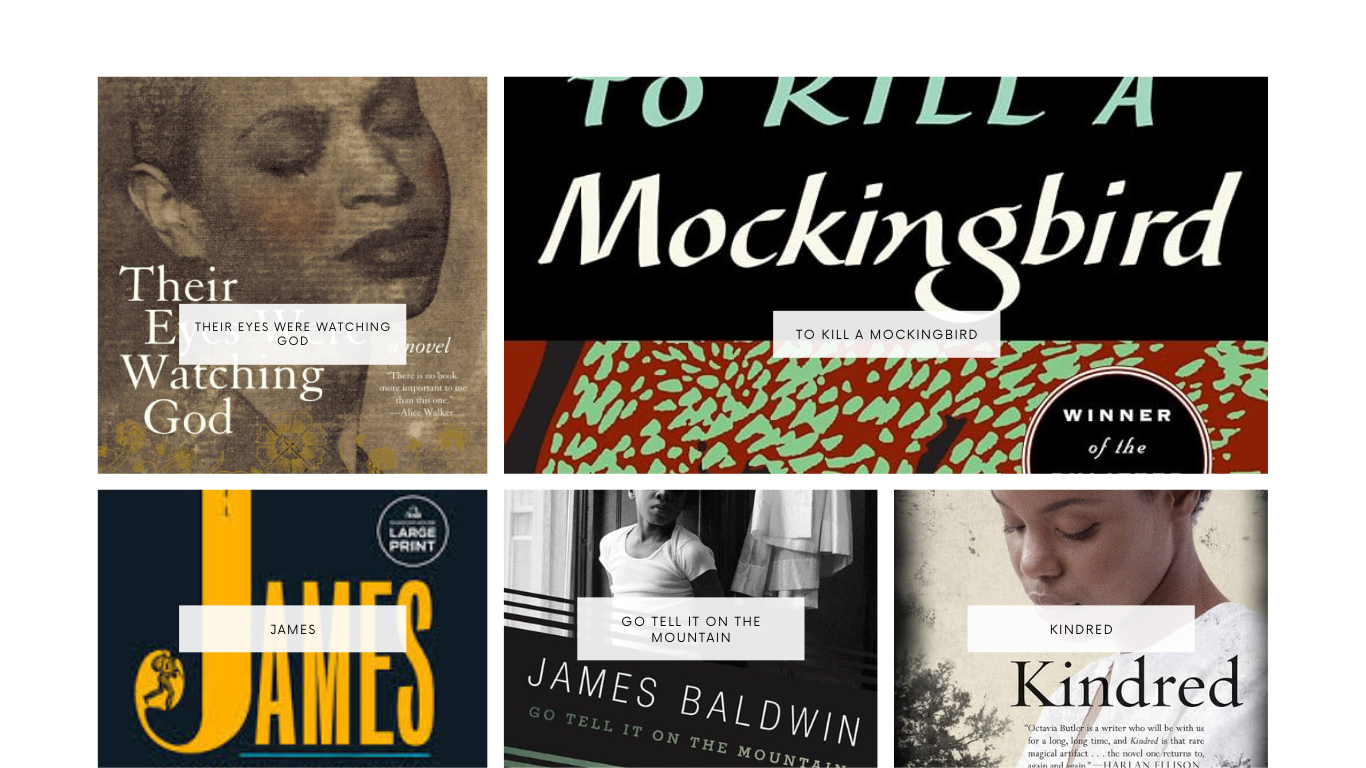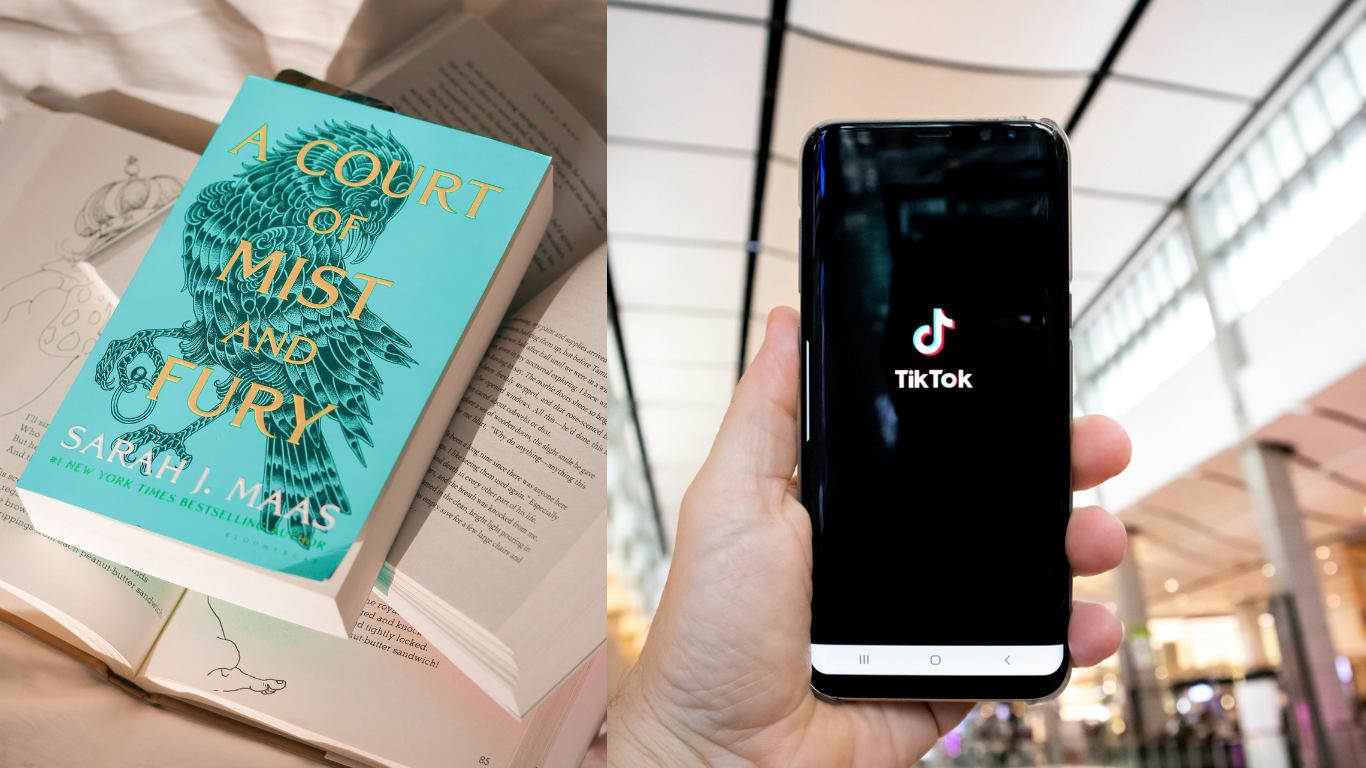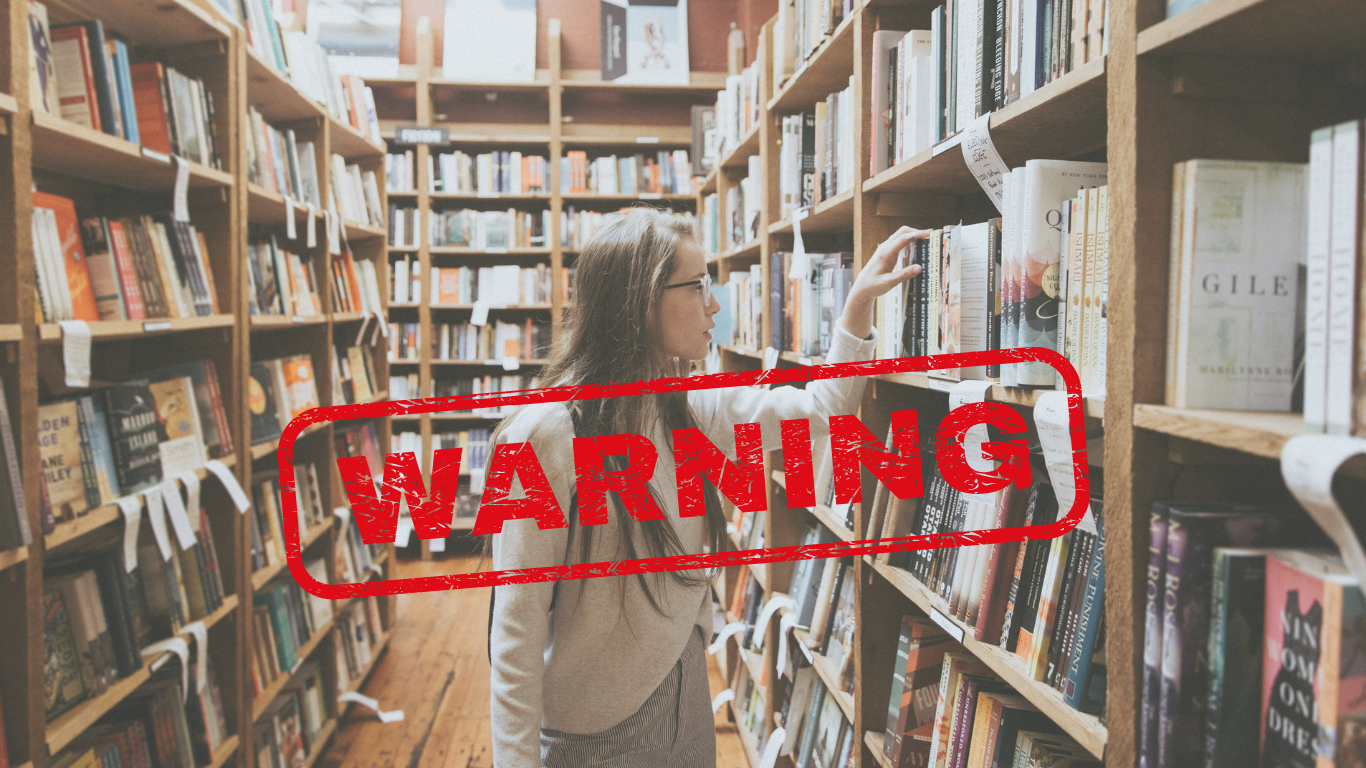Written By: Brooke Shannon
For most readers, publishers often determine what literature is “important” and “unimportant.” Books of all genres are accepted, published, and read or discarded. But, what happens when this affects readers’ access, specifically children’s, to diverse literature? The subconscious message becomes that certain identities aren’t worth recognizing or representing. Whether youth of marginalized communities are the consumers or producers of literature, it is unlikely they will accurately see themselves reflected on either side of the publishing spectrum (author vs. reader) if the literary climate remains exclusive.
According to an essay from Phantom Pen Press, young adult books “focus overwhelmingly on white characters.” Current 2019 statistics from the Cooperative Children’s Book Center of Education (CCBC) shows that “percentages of children’s books depicting main characters from diverse backgrounds are lower than the number of books with main characters.” The research shows the following percentages: 41.8% white, 29.2% animal/other, 11.9% Black/African, 8.7% Asian/Asian American, 5.3% Latinx, 1% Native/First Nations, and 0.5% Pacific Islander. Considering producers of literature, CCBC research studied the amount of books about diverse main characters written by authors of the same race/ethnicity: 100% Asian/Asian American, 95.7% Latinx, 80% Pacific Islanders, 68.2% Native/First Nations, and 46.4% Black/African. This indicates a lack of inclusivity for Black stories, but also exposes the lack of accuracy in which Black stories are told.

(Photo of Layla Steel Author of My Girls and Curls)
A number of YA-centric publishers have developed, however, to remedy this disparity and champion diversity in publishing. Young Authors Publishing focuses on sharing stories about Black and Brown children by Black and Brown children. Advocating for diverse literature, YAP offers programs that include writing mentorships as well as financial literacy workshops for young authors of color. The children’s and young adult publisher is Black-owned, run by a team of all Black women, and has a mission statement reflective in the work that’s produced: “We believe all kids are story-worthy.”

(Photo of Young Adult Publishing's Book "Pick A Job, Any Job) By Morgan Miller)
But, who's going to direct consumers toward investing in diversified stories and authors? ReadMoreCO. The Denver-based book media company acts as a literary cauldron for all things book-related. Offering readers access to author interviews, book reviews, and podcasts (Thank You For Asking and Bookishly Lit), online platforms such as ReadMoreCO are necessary to normalizing diversified literature. ReadMoreCO helps to encourage the sharing of stimulating stories and evocative authors, thus bringing them to the forefront of readers’ bookshelves. This is especially helpful to young readers as they navigate their own identities. A medium like ReadMoreCO communicates to youth that their experiences are important and their humanity is worthy of recognition.
During their most impressionable years, it is crucial children see their own reflections in the environments they occupy, real or fantastical.
______
About ReadMoreCO | www.readmoreco.com/
Founded in Denver, Colorado in March 2016, ReadMore believes that books connect the world and bring us all together. The book media company is forward-thinking and passionate about providing readers with the latest and breaking news within the bookish world and book community.
About Young Authors Publishing | www.youngauthorspublishing.org/
Young Authors Publishing is a children’s and young adult book publisher that exists to share the stories of Black & Brown children. They believe that all kids are story-worthy and should see themselves reflected in the books they read. Publishing books that reflect how diverse the world is, their two-part mission is to produce culturally relevant children’s books and to use book publishing as a vehicle for economic mobility for their young authors.






